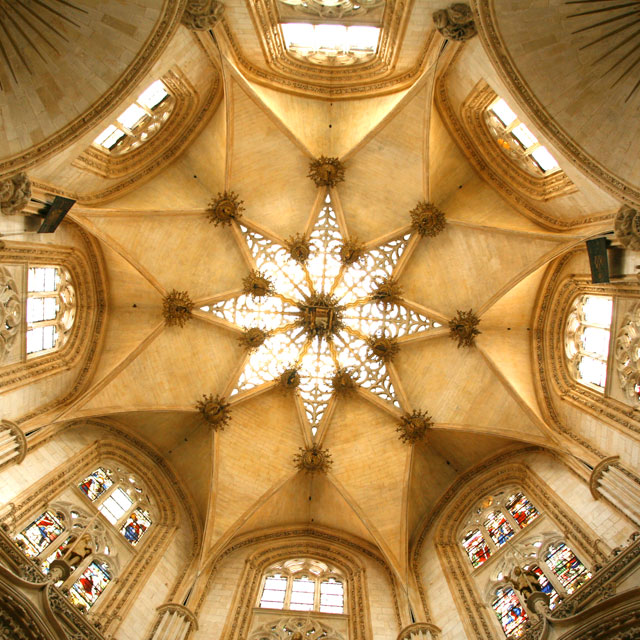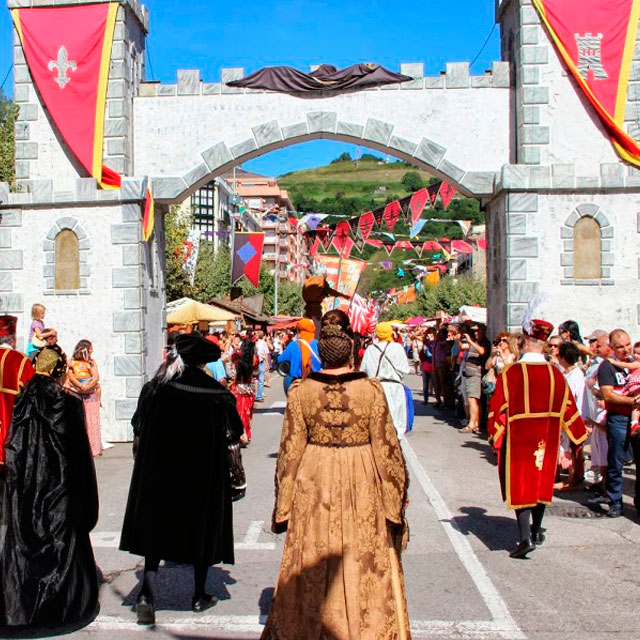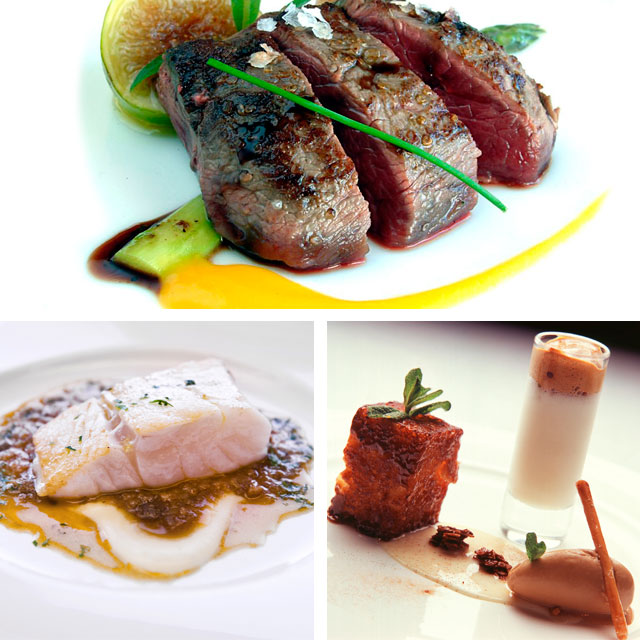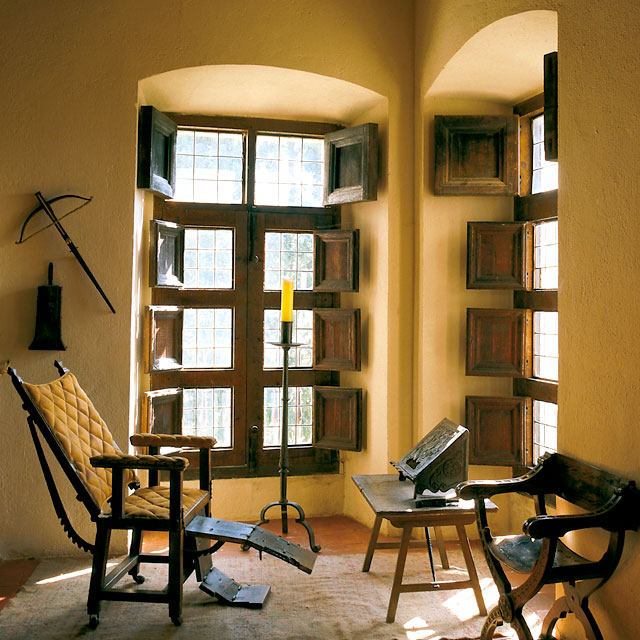A historical route.
Cantabria, Castille and León and Extremadura are the three regions of this historic journey, and they conserve a significant amount of built heritage from the period. We can turn from the history books to the road to see some of the towns and villages the monarch visited on this last journey to his place of retirement.The traveler himself chooses where to stop and for how long. The route takes in Laredo (Cantabria), passes through Medina de Pomar (Burgos), Burgos, Venta de Baños (Palencia), Valladolid, Medina del Campo (Valladolid), Peñaranda de Bracamonte (Salamanca), El Barco de Ávila (Ávila) and Jarandilla de la Vera (Cáceres), finishing in Cuacos de Yuste, which is also in the province of Cáceres in Extremadura.










